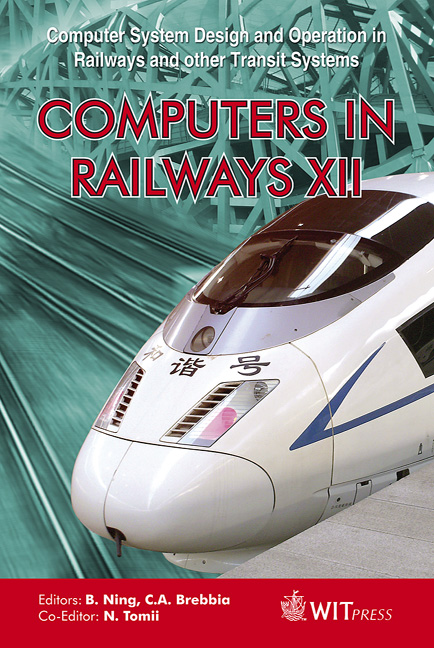Automatic Location-finding Of Train Crew Using GSM Technology
Price
Free (open access)
Transaction
Volume
114
Pages
10
Page Range
327 - 336
Published
2010
Size
312 kb
Paper DOI
10.2495/CR100311
Copyright
WIT Press
Author(s)
F. Makkinga & B. Sturm
Abstract
Passenger carrier NSR (Dutch Railways Passengers) on a daily basis deploys approximately 1000 drivers and 1300 guards to run approximately 5000 trains. Normally speaking, the current deployment is in line with the crew schedule as laid down in the transport management system. This schedule is generally immediately (manually) updated to suit the situation. In the event of major disruptions, however, problems may occur as a result of which the disruption management organisation loses sight of the current personnel deployment. As a consequence, a situation can arise whereby the crew schedule no longer reliably reflects the current situation. This can lead to errors in the crew rescheduling and possibly to the cancellation of trains because crew have not been organised on time. For NSR this was an undesirable situation and the reason to launch the investigation into how this bottleneck could be solved. A research and development project was undertaken by NSR and Movares with the aim of developing a method for the automated detection of train crew on trains and the registration of deviations in respect of the crew schedule. During this project, a system was developed that – on the basis of GSM technology in combination with the monitoring of trains via the infrastructure – automatically detects which train crew members are located in which train. In the spring of 2009, a very successful test was implemented using the system. Keywords: planning, crew scheduling, location determination. 1 Introduction Dutch Railways, Passengers division (NSR) is far and away the largest passenger carrier in The Netherlands. Every day, NSR carries approximately one million
Keywords
planning, crew scheduling, location determination





